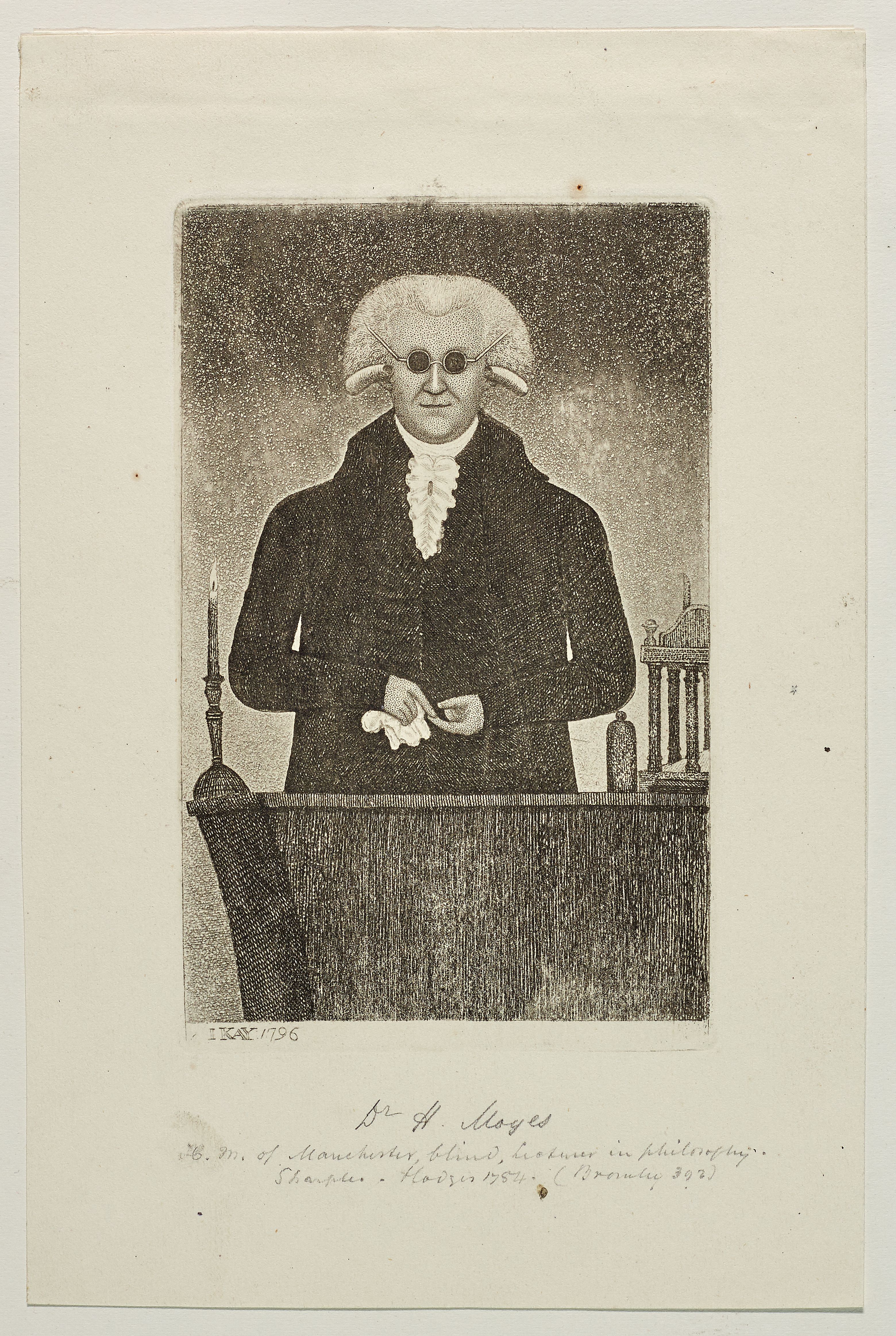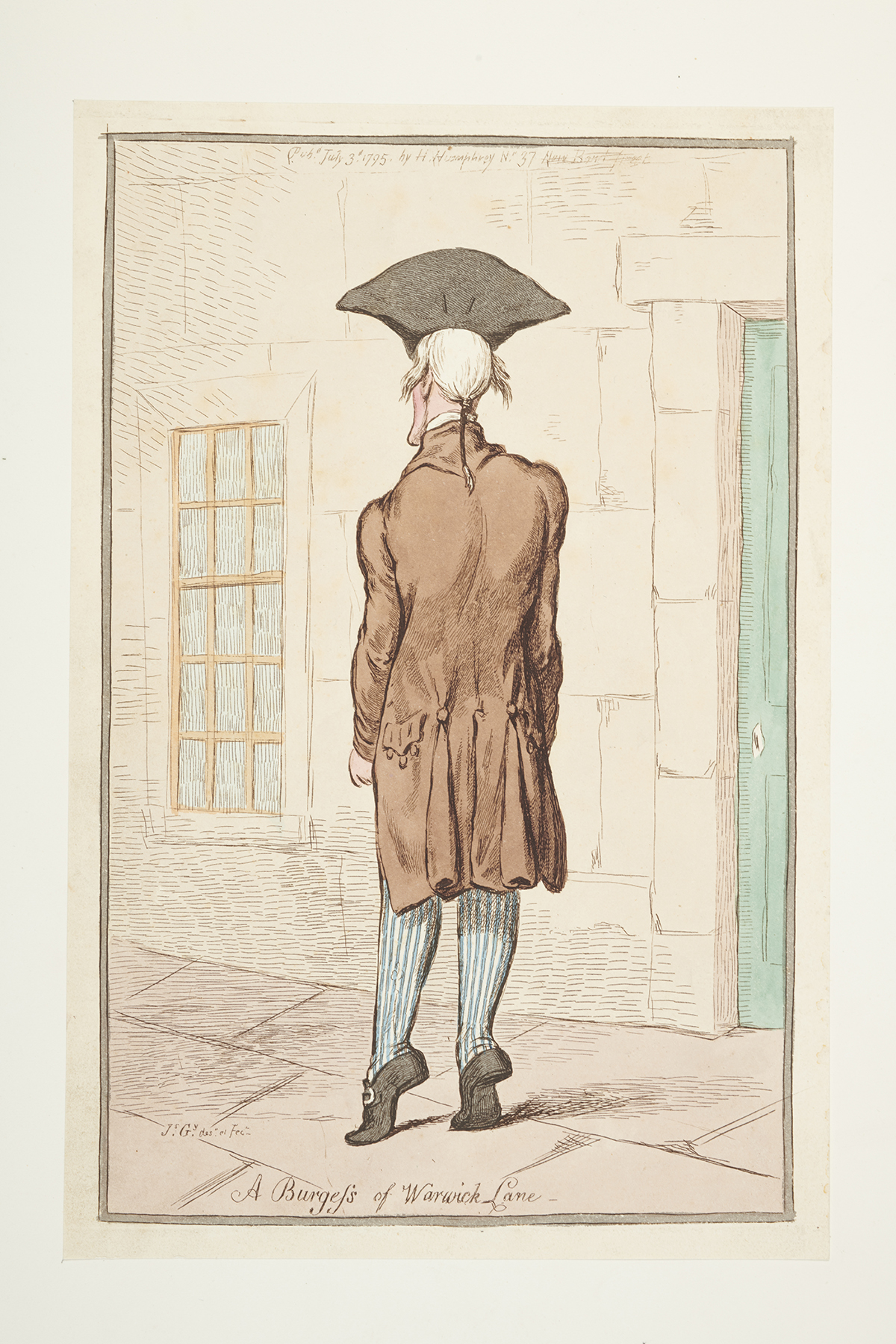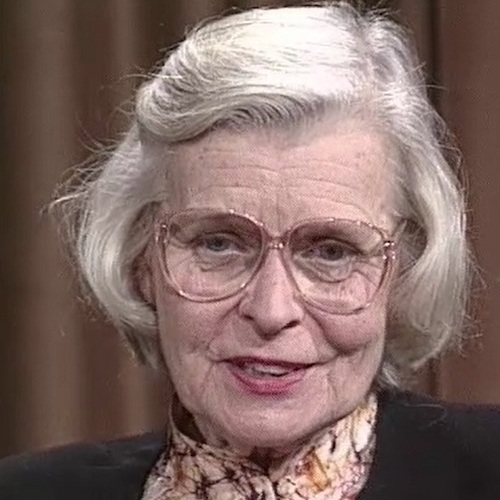Like any other professional group, physicians experience illness or disability. This UK Disability History Month we have been looking at the representation of disabled physicians from various eras within the RCP collections.
In the 17th century and 18th centuries there was an increase in hospitals and institutions built for people society deemed sick or disabled, yet most still lived within the community – be that at home or on the streets.
Two examples in our collection suggest while medical education and success was quite possible to those with the means to acquire it, ill health and disability could prevent physicians from entering general practice. These two individuals are even more interesting as we actually have illustrations of them: visual representations of physicians with disabilities are rare in the RCP collection.

Henry Moyes
In this print Henry Moyes (1749/50–1807) has been engraved by John Kay, 1796 in what may be a caricature showing him in a white wig, wearing black-lensed glasses and standing behind a desk, possibly lecturing. Moyes became an M.D. but was not able to enter general practice due to his disability - blindness as a result of smallpox caught at a very young age. He was a very successful lecturer in chemistry and natural philosophy in Edinburgh. He was assisted by William Nicol who carried out his practical demonstrations. As a lecturer he travelled around the country and even to the USA with the assistance of Nicol. He was known for his amazing skills in teaching, this flattering introduction was provided in 1783:
‘. . . an excellent lecturer in philosophy . . .a phenomenon . . .being quite blind, and yet superior to most who see. He is a man of most amiable disposition, and tho’ he cannot himself make many experiments, he gets them made for him by his assistant, so that none of his hearers ever complain on that account.’
John Burges
John Burges (1745-1807) became an MD and elected physician to St Georges Hospital in 1774, was notably elected as a fellow of the RCP in 1775 and was an RCP Censor for six years.
In his obituary, however, there is the comment:
‘Dr. Burges was a man of strict principle, acknowledged erudition, and classical attainments, and devoted to his profession; but, as his health did not allow him to enter into general practice, he lived very quietly with his two maiden sisters upon his patrimonial property.’
Unlike with Moyes, his ill health is not specified. In this only known image of him, he is depicted walking down Warwick Lane, experiencing a movement disorder.

PR8468
Although visual representation of physicians with disability are sparse in our collections, written accounts, and oral history accounts, by them are more common.

Screenhot from Dame Rue's interview (c) Oxford Brookes University Medical Sciences Video Archive
Rosemary Rue
Dame Rosemary Rue (1928–2004) is remembered for her work re-shaping public health into a new medical specialty. She advocated for doctors’ involvement in the developing NHS and for opportunities for women in the medical profession.
In this interview, she describes how contracting polio in 1954 - one of the last paralytic cases in Oxford - halted her active career up to that point. She then describes some of the challenges of getting back into medicine:
“I realised then I was on my own and I’d got two little boys and not much capability in a physical sense, although of course I’d still got my medical profession and a modicum of experience…. I went to one or two places [for interview] and found I couldn’t sort of get up the stairs into the consulting room… so I backed off those. And then quite by chance in Hertfordshire I met a GP…. He had had a problem and had had to have his leg amputated, so he’d got one leg and a single-handed practice and needed some help. So I’d got one leg and some general practice experience. So with one leg each, we joined forces and ran a general practice, very happily together!’

Sarah Walters (c) unknown owner
Sarah Walters
Sarah Walters (1958 – 2018) was the first person with cystic fibrosis (CF) to qualify as a doctor. It was not, however, a straight-forward process and she set a precedent for people with disabilities to train in medicine. When Sarah was diagnosed with CF she was given two years to live – a common diagnosis for children with CF at this time. Thanks to new treatment however she was given a chance at a longer life and was determined to become a doctor. Despite achieving suitable grades, no medical school would initially accept her application. Undeterred, Sarah completed a degree in microbiology paving the way for her acceptance into medical school at St George’s London – an unprecedented move for a medical school.
In an article she wrote for the BMJ she reflected on her microbiology degree:
‘Contrary to expectations, I flourished away from home and obtained not only a first but the confidence to argue and persuade my way into medical school.’
She qualified with distinction and went on to a career with specialties; first in respiratory then public health. Sarah felt that her experience of not being well and a patient herself made her a better doctor. She conducted and published research on people in the UK living with CF that demonstrated that many adults with CF were living productive lives contrary to previous research. She also worked on a report exploring the variation in medical care CF patients received and the findings made it clear specialist clinics provided much better care than regular chest clinics. In order to help a wider range of students gain access to higher education, in 1994 she created a new MA programme in public health at Birmingham University with flexible learning through distance learning and a modular structure.
As she noted in an interview for the St George’s website, ‘There are now quite a few other doctors with cystic fibrosis, and with other disabilities, and I think that St George’s were enlightened to try and take people with disabilities on and prove they could become successful doctors.’
Article by volunteer Marta Dagnachew and Gail Chapman, public programmes officer
References
- Historic England, ‘The Lives of People with Disabilities in 18th Century England’
- https://historicengland.org.uk/research/inclusive-heritage/disability-history/1660-1832/the-lives-of-people-with-disabilities/ - last accessed 12/12/23
- RCP online catalogue entry for print PR1869 of Henry Moyes https://rcp.adlibhosting.com/Details/museum/3091 - last accessed 12/12/23
- Harrison, John Anthony. 1957. ‘Blind Henry Moyes, “An excellent lecturer in philosophy”’ in Annals of Science, vol. 13, published online 2006 https://www.tandfonline.com/doi/abs/10.1080/00033795700200091 - last accessed 12/12/23 - last accessed 12/12/23
- RCP online catalogue entry for print PR8468 of John Burges 'A Burgess of Warwick Lane'
- https://rcp.adlibhosting.com/Details/museum/4981 - last accessed 12/12/23
- Boyce, Jonathan. 2005 ‘Obituary of Dame Elsie Rosemary Rue’ published on Inspiring Physicians by the Royal College of Physicians https://history.rcplondon.ac.uk/inspiring-physicians/dame-elsie-rosemary-rue - last accessed 12/12/23
- Gillam, Sarah. 2019 ‘Dame Rosemary Rue and the Married Women’s Training Scheme’, Royal College of Physicians Museum https://history.rcplondon.ac.uk/blog/dame-rosemary-rue-and-married-womens-training-scheme - last accessed 12/12/23
- Dame Rosemary Rue DBE in interview with Dr Max Blythe: Interview 1, Part 1
- https://radar.brookes.ac.uk/radar/items/a65e9a65-a4c1-4f59-9692-575deaeb4fc4/1/ - last accessed 12/12/23
- Briggs, Stephen. 2019 ‘Obituary of Sarah Walters’ published on Inspiring Physicians by the Royal College of Physicians https://history.rcplondon.ac.uk/inspiring-physicians/sarah-walters - last accessed 12/12/23
- Gillam, Sarah. 2019 ‘Sarah Walters: the first doctor with cystic fibrosis’ Royal College of Physicians Museum https://history.rcplondon.ac.uk/blog/sarah-walters-first-doctor-cystic-fibrosis - last accessed 12/12/23
